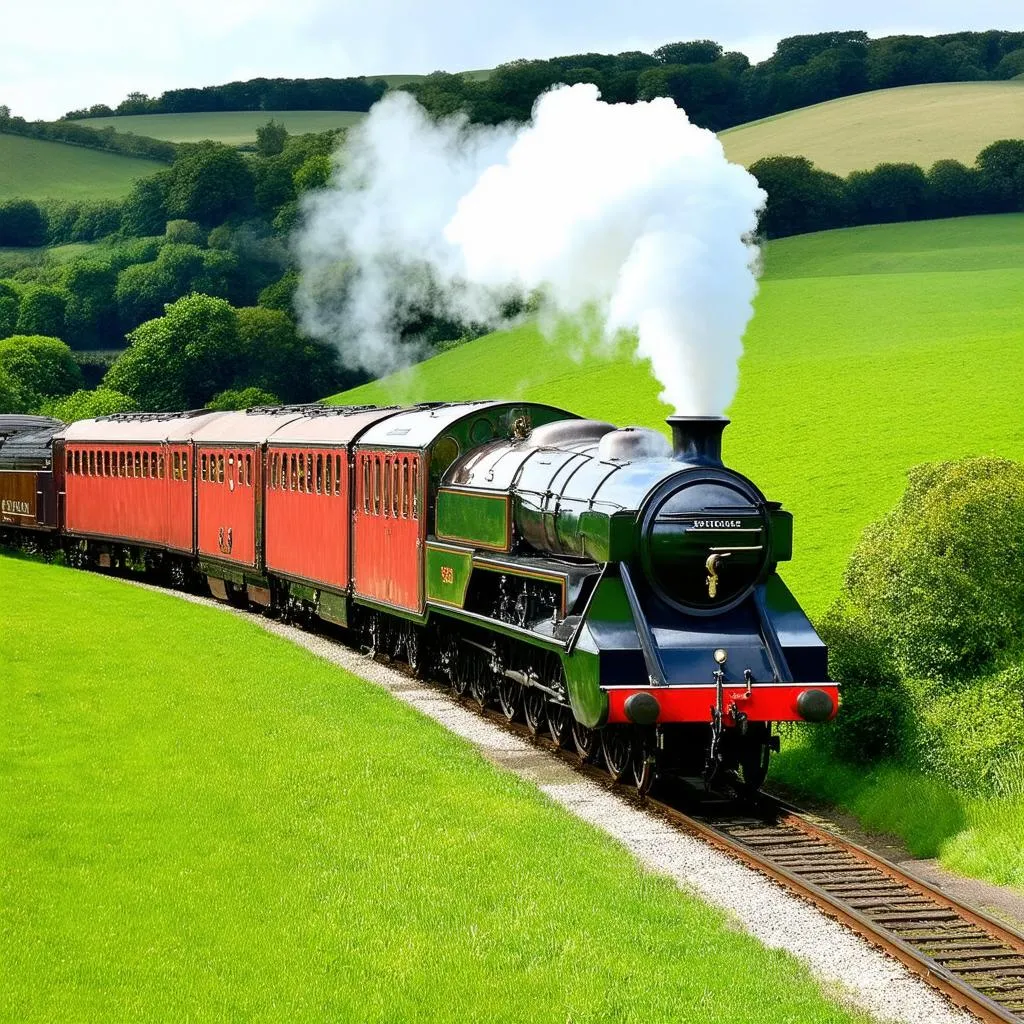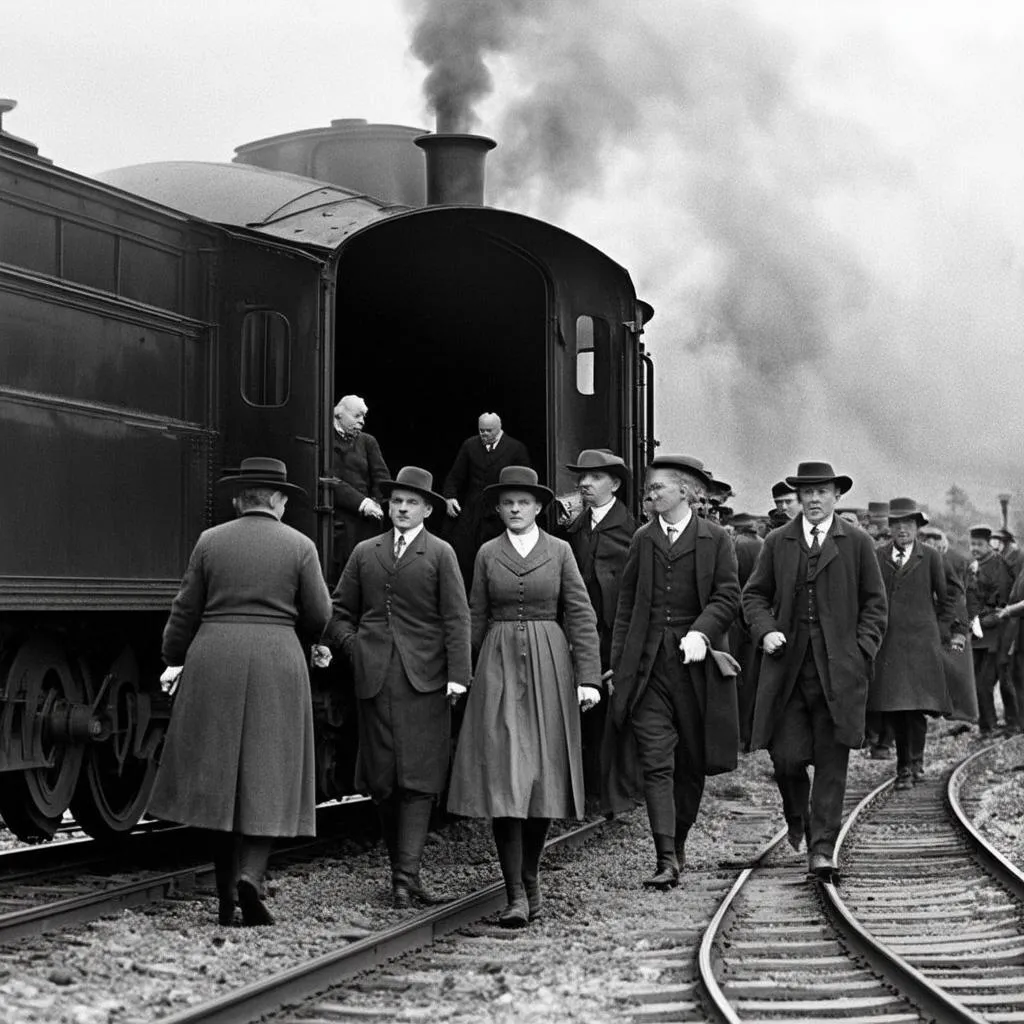“Time and tide wait for no man,” goes the old adage, but the advent of the steam-powered railroad certainly challenged that notion. Imagine, if you will, a world where journeys between cities took days, even weeks. The horse and cart, the stagecoach, these were the primary modes of transportation, and while romantic, they were agonizingly slow. Then, along came the iron horse, forever altering the landscape of travel and shrinking the world in the process.
A Revolution on Rails
The introduction of the steam-powered railroad in the early 19th century was nothing short of revolutionary. Suddenly, journeys that once took days could be completed in hours.
The Shrinking World
To truly grasp the impact, let’s consider a journey from London to Edinburgh. Before the railroad, this trip could take up to two weeks by stagecoach, fraught with discomfort and delays. With the completion of the London and Birmingham Railway in 1838, the journey time was slashed to a mere 17 hours. This dramatic reduction in travel time had a profound effect on society:
- Increased Commerce: Goods and services could be transported faster and more efficiently, fueling economic growth and connecting distant markets.
- Urbanization: The ease of travel facilitated the movement of people from rural areas to cities, leading to rapid urbanization.
- Social Change: The railroad broke down geographical barriers, fostering communication and cultural exchange between regions.
 Steam Train
Steam Train
A Personal Perspective
History comes alive through personal stories. Consider the experience of Amelia, a young woman living in Manchester in the 1840s. Her fiancé, William, worked as a craftsman in London. Before the railway, their visits were infrequent and arduous. The journey by stagecoach was expensive and took several days. However, with the arrival of the railway, Amelia could make the trip in a matter of hours, allowing them to see each other more frequently. The railway, for them, was a symbol of progress and connection.
Beyond Speed: The Ripple Effect
While the most obvious impact of the railroad was reduced travel time, the implications went far deeper.
The Rise of Tourism
Faster and more affordable travel meant that people could visit distant places for leisure. The concept of tourism as we know it today was born, with seaside resorts and spa towns flourishing along newly built rail lines.
New Industries and Jobs
The railroad created a vast network of new industries and jobs. From engineers and conductors to track layers and station masters, the railway became a major employer, stimulating economic growth and fostering technological innovation.
 Boarding the Train
Boarding the Train
Legacy of the Iron Horse
The steam-powered railroad may be a relic of the past, but its legacy lives on. It laid the foundation for modern transportation systems, shaping the world we live in today. The next time you hop on a train, take a moment to appreciate the revolution that began with the chugging of a steam engine and the promise of a faster, more interconnected world.
FAQs About the Impact of the Steam Engine
Q: How did the railroad affect the postal service?
A: The railway revolutionized mail delivery. Mail could be transported much faster, leading to more frequent and reliable postal services.
Q: Did the railroad have any negative consequences?
A: While largely beneficial, the railroad also had its downsides. It led to the displacement of some communities and industries reliant on horse-drawn transport. There were also concerns about pollution and accidents in the early days of railway travel.
Q: Where can I learn more about the history of the railroad?
A: Resources like the National Railway Museum in York, England, or the Smithsonian National Museum of American History in Washington, D.C., offer fascinating insights into the history of the railroad. Websites like History.com and Britannica.com also provide comprehensive information.
Don’t forget to explore travelcar.edu.vn for more fascinating travel insights and plan your next adventure!